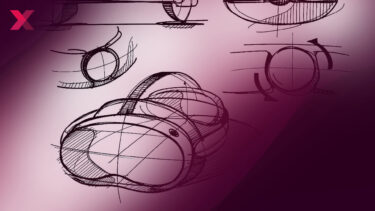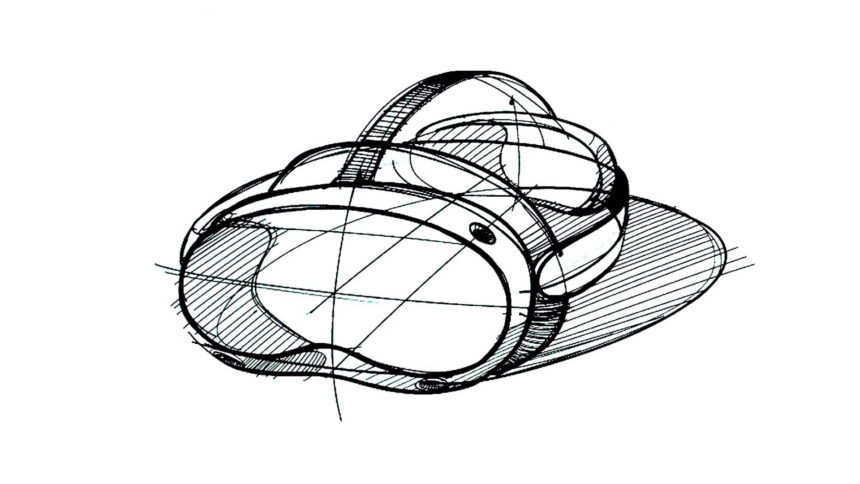
Image: MIXED
Der artikel kann nur mit aktiviertem JavaScript dargestellt werden. Bitte aktiviere JavaScript in deinem Browser and lade die Seite neu.
Our weekly recap: The launch of the new VR headsets from the VR company of Bytedance Pico is approaching. An open source initiative launches a soon-to-be-available free-of-charge artificial intelligence model similar to DALL-E.
Pico Neo 4 Pro – specifications, design, price
The Pico 4 leaks came thick and fast this week: first we got information on the pricing strategy, followed by the specs and possible design of the new VR headsets and controllers. Bytedance appears to have a keen interest in pursuing Meta in VR as well, which is also working on a new headset for 2022.

Thanks to pancake lenses, Pico’s next VR headset may have a slimmer design than current devices. | Image: unknown
Ten obstacles on the way to the perfect VR headset
There are many obstacles to overcome before virtual reality reaches its technical potential. According to Meta’s head of display, there are exactly ten of them and he reveals exactly which ones at the Siggraph 2022 computer graphics conference.
Lenovo clones a Quest 2 clone
Lenovo, a veteran from the dawn of virtual reality, is reentering the virtual reality market. However, the return proves rather unspectacular: the VR700 standalone VR headset, currently announced for China only, is nearly identical in construction to Quest 2 and is once again based on an earlier clone of the Chinese streaming provider iQiyi.
DALL-E in open source: stable diffusion launches
OpenAI’s DALL-E 2 is gaining open competition: Stable Diffusion can generate high-quality images on text input, but is not subject to OpenAI’s content restrictions and can be run locally rather than in the cloud. Behind the project are an open source AI movement and the start-up Stability AI.

Stable Diffusion is more versatile than Midjourney, but has a slightly lower resolution than DALL-E 2. | Image: Github
AI for animal languages
Moo, woof and meow may soon mean much more than … Moo, woof and meow. A research team wants to use artificial intelligence to decode animal sounds into speech that humans can understand. The team draws confidence from recent advances in translation AI, which show that three-dimensional representations of languages can be overlaid for translation. Will it work with animal sounds?
Note: Links to online shops in articles can be so-called affiliate links. If you buy via this link, MIXED receives a commission from the provider. For you the price does not change.